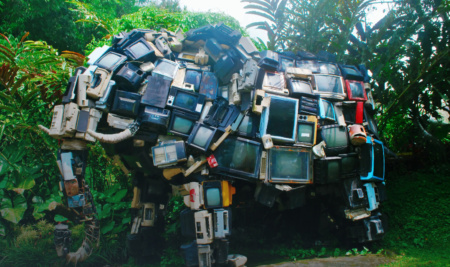
We translated an interesting material from Techspot about the carbon footprint of the technology sector. Abdulrahman Mahmoud, the author of the article, says that the damage from technology companies is growing very quickly.

When people talk about greenhouse gas emissions, they usually blame transportation, fossil fuels, agriculture, or electricity. But if we look at this problem not superficially, we will see that these industries are associated with the technology sector. And its carbon footprint is growing at an incredible pace.
For example, it is estimated that data centers around the world consume more than 205 terawatt-hours of electricity per year. This number exceeds the annual electricity consumption in countries such as Ireland, Denmark, Taiwan or South Africa. In addition, only 61% of the world’s population is currently online, and by conservative estimates, there will be more than 43 billion IoT devices online by 2030. It is predicted that in the same 2030, information and communication technologies will account for 7% to 20% of energy consumption.
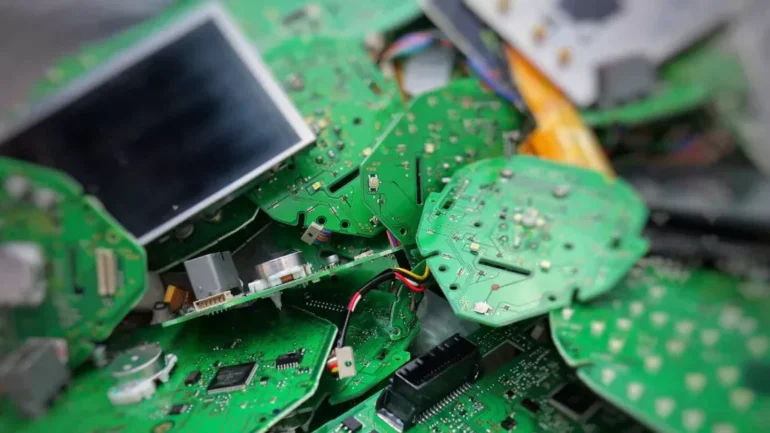
As technology becomes indispensable in our lives, the creation of stable computing systems will not only improve their efficiency, but also have a call sign effect on our planet.
Why is this relevant now?
Frankly, in recent years, the computer industry has not looked the best when it comes to its role in carbon emissions. Tech companies are encouraged to throw away “old” technologies as soon as “new” ones emerge. This constant change in technology, such as updating mobile phones, creates an increasing supply of “waste”. And they are very hard to remake or resell.
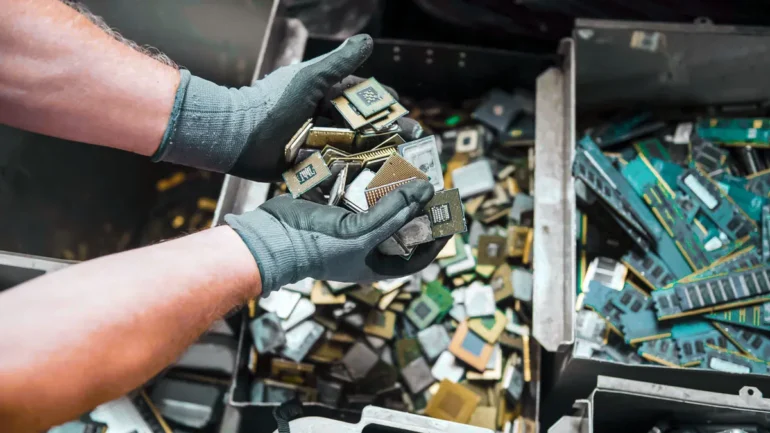
Cryptocurrency mining has become very popular over the past decade. But the proof-of-work algorithm consumes a significant amount of power in many devices and has negative consequences.
Then there is the cloud (i.e. data centers) that provides for almost all of our day-to-day needs and helps keep us connected. And these already gigantic data centers are growing to serve us users well: thanks to them, we can store photos, watch TV shows, manage air travel, and so on.
They work around the clock, and stopping them will have a negative impact on the lives of many people. But their work is bad for our planet.

Energy efficiency has always been a consideration when developing new hardware. But creating a stable computing environment requires a holistic approach to a technology’s environmental impact throughout its life cycle, from chip fabrication at the manufacturing stage to semiconductor recycling when they are no longer needed.
Recently, the US National Science Foundation (NSF) announced a competition to conduct research in this area. And where there is money, there is usually innovation.
Who is guilty?
One could just point to companies involved in cryptocurrency and data centers. But the result of their activities is only part of the carbon emissions. But emissions from production, transportation and disposal at the end of the life cycle of things leave a much larger carbon footprint.
Here’s what Harvard researchers found when examining publicly available corporate carbon reports from AMD, Apple, Google, Huawei, Intel, Microsoft, TSMC, and others: Carbon footprint is now more about capital expenditures (one-time spending on infrastructure and hardware) rather than with production costs (repetitive operations).
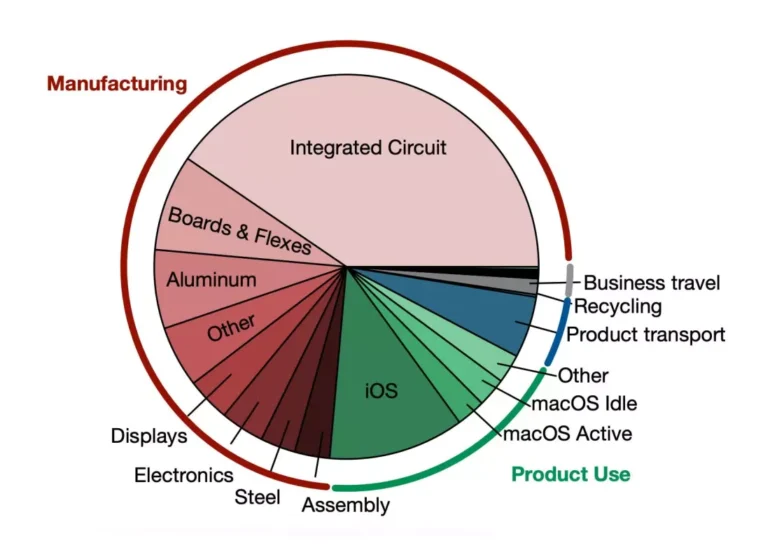
For example, Apple’s carbon footprint in 2019 was 74% due to manufacturing costs, but only 19% due to hardware usage. The production of integrated circuits resulted in 33% of carbon emissions: this highlights the need for innovation in this process.
Combustion of diesel, natural gas, and gasoline contributes only a small fraction of the direct emissions in data center operating costs. In addition, this is a significant share of the carbon footprint of chip production: for example, more than 63% of emissions from the production of 12-inch boards at TSMC.
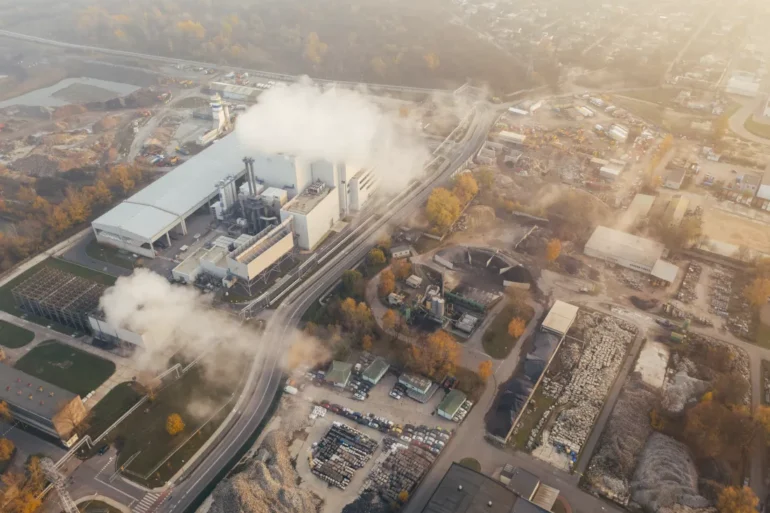
If we consider the existence of a computer system step by step, it becomes clearer exactly where carbon emissions occur:
- manufacturing (includes material procurement, IC design, packaging and assembly);
- transportation (moving the product or equipment to the place of use);
- use of the product (use of the hardware throughout its lifetime, including both static and dynamic power consumption);
- end of life cycle (recycling and carbon emissions at the end of the life cycle, potentially for reuse).
There seems to be a tension between designing new equipment for better performance and designing equipment in an environmentally friendly way. However, this is not necessarily the case: the computing industry has benefited from Moore’s Law for so long. Many optimizations across generations of computers have been the result of technology scaling.
Now the situation has changed, but many opportunities are still hidden in the rethinking of traditional architectural techniques in terms of stability and reliability.
SHI (carbon footprint)
Consider one of the most popular industries in recent years. From the development of a vaccine in record time to innovations for autonomous vehicles, the achievements of AI are simply impressive. But it is also worth looking at what the impact of AI is on our planet.

AI life cycle
AI models are evolving super-linearly on many fronts. AI models are now getting very big: Google recently released DALL-E 2, a five billion parameter model that generates an image from natural language text. And they require the hardware infrastructure needed for such amazing results in the clouds and research labs.
The development and deployment lifecycle of an AI system looks something like this:
- Data processing;
- Experimentation;
- Education;
- Completion.
AI is expected to generate trillions of predictions daily and serve billions of devices around the world. Each phase is important, and none should be abandoned if we aim for stability and permanence.
The Facebook Sustainability Report noted that the impact of manufacturing is over 50%. This means that there are always upfront costs for developing AI models even before the development phase. But now system designers have a new metric to tune in to: persistence!
General purpose GPU acceleration can significantly improve power efficiency compared to CPU-based computing. The development of more specialized AI accelerators can improve both performance and persistence.
Understanding all the details of how the system works will help optimize the carbon footprint of AI systems. What tasks are repetitive and need to be saved for quick access? Is it cheaper to list the operation or keep it? What types of devices (such as DRAM or flash) are optimal for these systems to help balance performance and reduce their carbon footprint?
There are also fundamental points to be reviewed. For example, halving the number precision (from 32 bits to 16 bits) can double the power efficiency with minimal impact on the accuracy of the ML model.
Impact of data centers
Corporations are looking to offset their carbon footprint. And one method is to achieve zero carbon emissions for all operations: through the use of renewable sources, reducing emissions or “buying” carbon credits.
We are not currently considering the option of “buying a carbon credit” because this is usually just a PR stunt. So how can data centers and large corporations offset their carbon consumption while still maintaining a profitable business? The answer is optimization for stable computing!
Meta does a lot in this area. Here is her research on how renewable energy sources can be used to optimize data center power.
For example, solar energy sources provide a cyclic source of energy, producing thousands of megawatt-hours during the day and then minimal energy in the evening. Interestingly, this is very similar to the use of data centers: more during the day, and less in the evening. Therefore, for example, they can use renewable energy sources during the day and then switch to alternative ones.
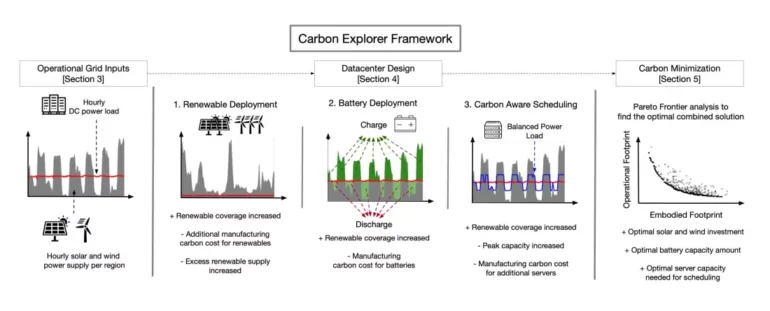
This approach focuses primarily on operating costs rather than previous operating costs. To design the data centers of the future, it is also important to consider upfront costs. Only then will corporations like Meta be able to decide where to spend their resources: is it better to focus on battery production rather than support carbon-based planning over the life of the hardware? In general, this is a very difficult problem.
In fact, designing for sustainability and reliability will be more beneficial for companies in the long run and positively impact their bottom line. The “upfront” cost of understanding how to balance and tackle carbon is sure to pay dividends for corporations and, more importantly, our planet.
Computing for sustainability
In addition to renewable energy management, there are many other promising approaches to sustainable computing. The development of reliable hardware and the elimination of hardware failures is a special area of research today.
Both Google and Meta have recently noticed the curious phenomenon of frequent hardware failures. It turned out that hardware errors, which were supposed to happen once in a million, happened one in a thousand. Understanding the source of these errors and how to avoid them will help reduce your carbon footprint.
Discontinuous computing is another promising development where devices turn on when they are needed and turn off when they are not needed. But this requires solving some problems, in particular, how to understand when to turn devices on / off, how to minimize switch switching time, etc.
And the last but very important question: how to recycle equipment when it is no longer in use? This should be considered at an early stage of device development. For example, can organic material be used to build next-generation hardware to do direct end-of-life recycling?
Or maybe the market can be directed to “recycle” old high-end equipment into low-end markets? These ideas are already being considered in research laboratories: it would be nice if large corporations began to support them.
Where to go
Developing the next generation of systems and hardware with carbon in mind is a very important milestone in the technology industry. Many fundamental design decisions may need to be revisited and included in future system designs. Holding corporations large and small alike is important to our planet, and it all starts with understanding the impact of modern technologies and systems on carbon emissions.




